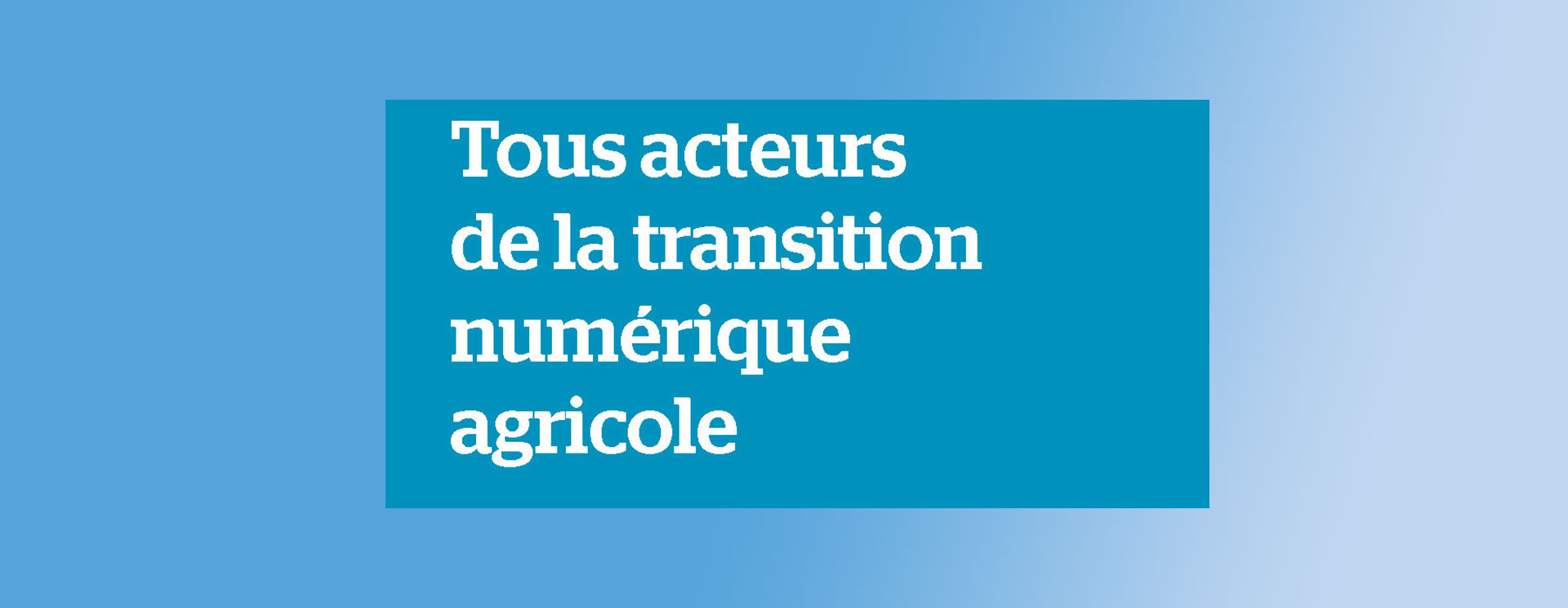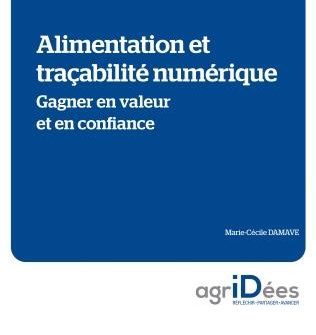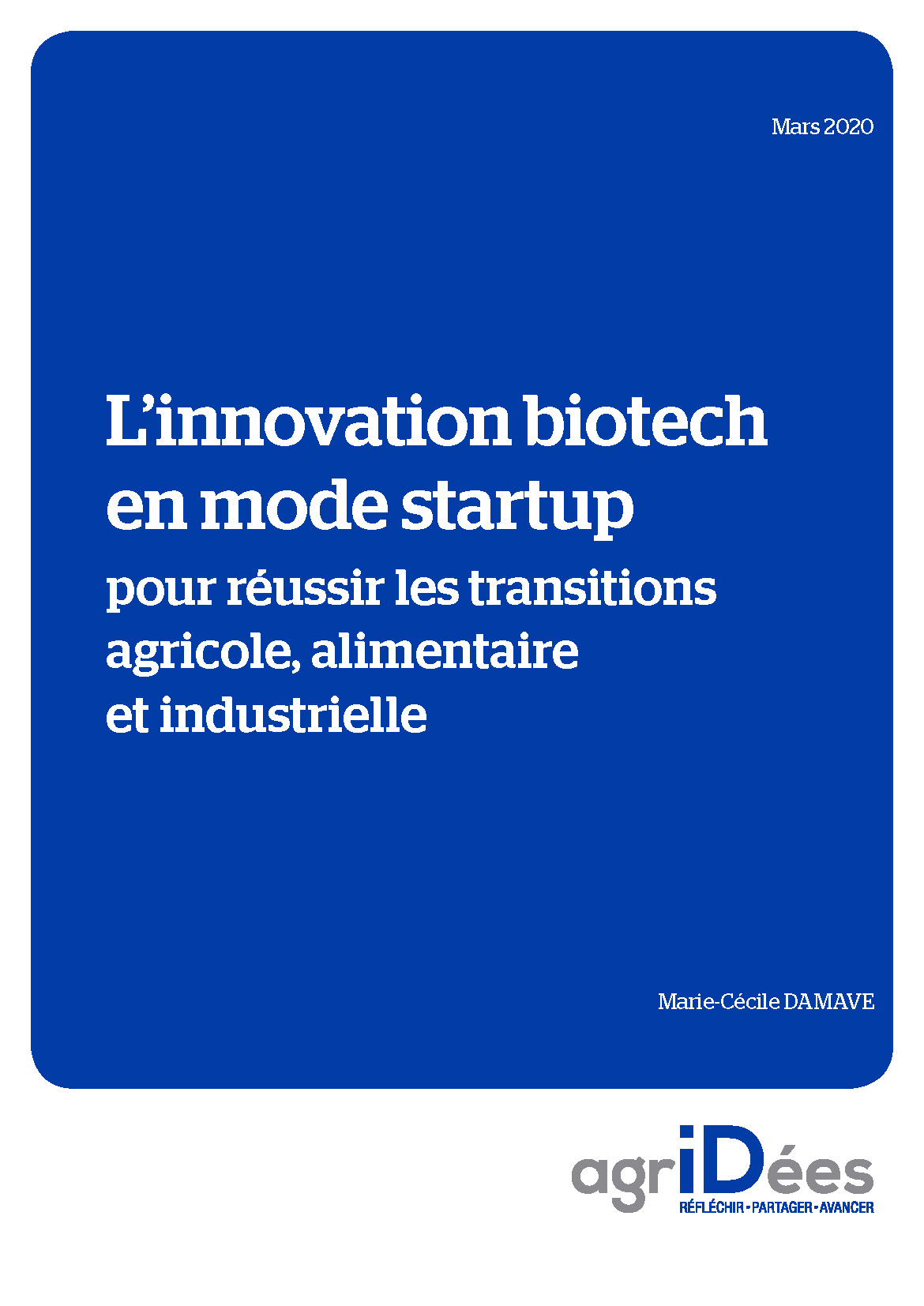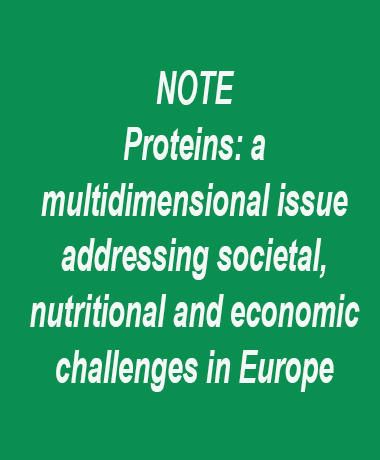Notes
Temps de lecture : 10 min
27/09/2017
Embarking in the digital transition of agriculture

English Version for Summary and Recommendations only.
Résumé
Innovative digital technology is revolutionizing the food value chain throughout agriculture resulting in a new paradigm. A new stakeholder and service ecosystem is developing, globally enhanced by massive investments. Digital technology and Big Data are resulting in “smart farming,” i.e., a more measured, precise, systemic, and customized agriculture. As these new technologies meet many of the needs of the farming industry, the transition is taking place rapidly. First, farmers as leaders in business are enjoying greater autonomy and profi ting from a more complete overview of their total operations, including more simplifi ed and rational work schedules and upgraded knowledge and skills. Second, a more effi cient research-developmentinnovation process: digital tools help decompartmentalize researchers’ approaches. Then, improved economic and environmentally favourable production results from a more precise, efficient and reactive economic, sanitary and climatic risk management. Finally, greater integration of agriculture within society as a whole through digital technologies facilitates mutual exchanges between the rural and urban worlds, allowing for more transparency and traceability, with digital platforms in particular. Increased funding for Ag Tech is imperative if these goals are to be reached, as France is running behind its competitors. Developing specific training for both designers and users of digital and Big Data tools is also indispensable. Finally, confi dence in the reliability of these new tools must be developed and disseminated, as they are to become more accurate, accessible, and transparent.
Nos propositions
RECOMMENDATIONS:
1- Making precision farming tools more accessible to production stakeholders: improving broadband coverage in rural areas, providing training to farmers and their advisors, developing tools with a profi table return on investment, so that these stakeholders take ownership of these technologies.
2- Incorporating the concept of precision agriculture in farm policies and making production subsidies conditional to it: integrating and optimizing input consumption with precision farming technologies.
3- In this context, defi ning the scope of precision agriculture so that it includes not only animal and plant production practices but also those of the upstream (genetics, machinery and equipment, plant and animal health, nutrition and fertilization) and downstream industry (traceability, sales, customer information).
4- Transmitting the value added by upstream industry stakeholders and farmers using precision farming tools along the chain down to end consumers, including bulk products (such as dairy and grains) to prevent on-farm good practices benefi ts from being diluted, though traceability systems, contracting or “precision farming” branding, in long and short distribution channels.







